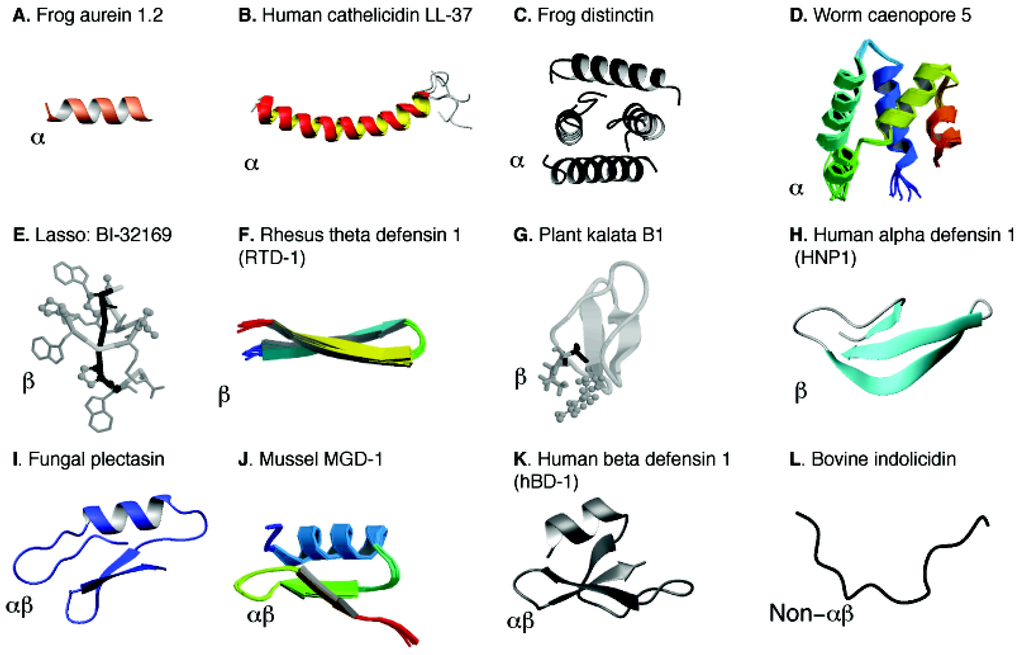Hey guys
Did you notice
that I have talked many times about bacterial subjects here?
For you who
are just starting to discover the microbiology world and do not know a lot
about bacteria, I will do a briefly introduction about these invisible but important
bugs for our world.
Bacteria are a microscopic group of organisms present everywhere in the earth. They can live in environments without oxygen, with the coldest or hottest temperatures, high acid and salt concentration, and even in the human body.
What we all
know is that bacteria cause food poisoning and infectious diseases in humans
such as tetanus, syphilis, cholera and tuberculosis. So there
you are thinking that they are all bad and should not exist.
However, most of them are harmless and many are beneficial. Bacteria take place in food and pharmaceutical industry and in the human health. For example, bacteria participate in the production of yogurt and cheese, and they are also used to produce some medicines, like antibiotics and insulin.
Bacteria are
crucial for the human body for many reasons. They always keep our immune system
in alert and protect us against other pathogenic bacteria. Moreover, bacteria
are essential to the food digestion that occurs in the intestine and
consequently nutrient absorption.
Now, the most spectacular thing. The human body carries more
bacterial cells than even human cells. Yes, that is right. The human body has approximately
10 trillion of human cells and is colonized by 100 trillion of bacterial cells.


































